In hardware environments like construction sites, workshops, and manufacturing plants, safety is paramount. Workers face a multitude of hazards daily, from flying debris and chemical splashes to sparks and hot fluids. While personal protective equipment (PPE) like gloves, helmets, and goggles are commonly used, the face shield often remains an underrated yet highly effective barrier of protection. This article takes an in-depth look at the benefits of using face shields in hardware environments and why they should be considered an essential component of any safety gear ensemble.
1. Protection Against Flying Debris
One of the most immediate threats in hardware environments is flying debris. Whether it’s wood shavings from a saw, metal fragments from a grinder, or pieces of masonry from a drill, these airborne particles can cause serious harm.
Impact Resistance: Face shields offer a sturdy, clear barrier between the worker’s face and dangerous projectiles. Made from impact-resistant materials like polycarbonate, face shields are designed to withstand direct hits from high-velocity particles. This reduces the risk of eye injuries, lacerations, and bruising that can occur when debris strikes unprotected skin or eyes. Unlike goggles, face shields cover the entire face, offering comprehensive protection.
Enhanced Peripheral Vision: Another benefit is the clear and expansive field of vision that face shields provide. Workers maintain good visibility while being protected, which is crucial in busy environments where situational awareness is key.
2. Defense Against Chemical Splashes
Chemical handling is common in various hardware environments, from paints and solvents to adhesives and cleaning agents. These substances pose serious risks if they come into contact with the skin, eyes, or respiratory system.
Full-Face Coverage: Face shields create a solid barrier that prevents chemical splashes from reaching sensitive areas like the eyes and mouth. Even small splashes of chemicals can cause severe burns or long-term damage to these parts of the body, making full-face coverage indispensable in environments where chemicals are present.
Compatibility with Respirators and Goggles: In some situations, goggles alone may not be sufficient to protect from chemical exposure, particularly from splashes that hit from unexpected angles. A face shield works in tandem with other PPE like respirators and goggles, providing an extra layer of defense without limiting mobility or vision.
3. Protection from Other Workplace Hazards
Beyond debris and chemicals, hardware environments present a range of other hazards such as sparks, extreme heat, molten metal, and biological contaminants. Face shields offer targeted protection from these threats as well.
Sparks and Extreme Heat: Workers involved in welding, grinding, or cutting metal are at risk of exposure to high-temperature sparks or molten materials. A heat-resistant face shield can protect the face and neck from burns, while a tinted version can also provide glare protection from bright welding arcs.
Dust and Small Particles: Some hardware environments generate fine dust that can irritate the skin and eyes or pose a respiratory risk. A face shield can act as the first line of defense against these particles, especially when combined with dust masks or respirators.
Biological Hazards: In environments like waste processing or hazardous material handling, face shields are critical for protecting against biological contaminants. The full coverage helps prevent the transmission of pathogens via the eyes, nose, and mouth.
4. Comfort and Reusability
Comfort is a significant factor in choosing the right PPE, as workers are more likely to use equipment that feels good and fits properly. Face shields are designed with adjustable headbands and cushioned supports to reduce discomfort, especially during long shifts.
Ease of Use: Unlike goggles, which can cause fogging, face shields allow better ventilation, reducing the likelihood of visual impairment due to condensation. They can be easily flipped up when not needed and adjusted for a custom fit.
Durability and Reusability: Many face shields are reusable and easy to clean, which makes them a cost-effective option for long-term use. They can be disinfected after exposure to chemicals or biological hazards, ensuring that workers are always protected.
5. Conclusion: An Essential Layer of Protection
In any hardware environment, the importance of comprehensive facial protection cannot be overstated. Face shields offer unmatched coverage against a wide range of hazards, from flying debris and chemical splashes to extreme heat and sparks. Their ability to integrate with other PPE, their comfort, and their durability make them an essential part of workplace safety.
Workers who routinely face exposure to dangerous materials should prioritize the use of face shields. By providing a physical barrier that protects the entire face, these shields help prevent serious injuries, ensuring that workers can continue to perform their tasks safely and efficiently.
In conclusion, face shields are not just an optional piece of equipment—they are a necessary safeguard in any hardware environment. Investing in high-quality face shields could mean the difference between a safe, productive day and a life-changing injury.

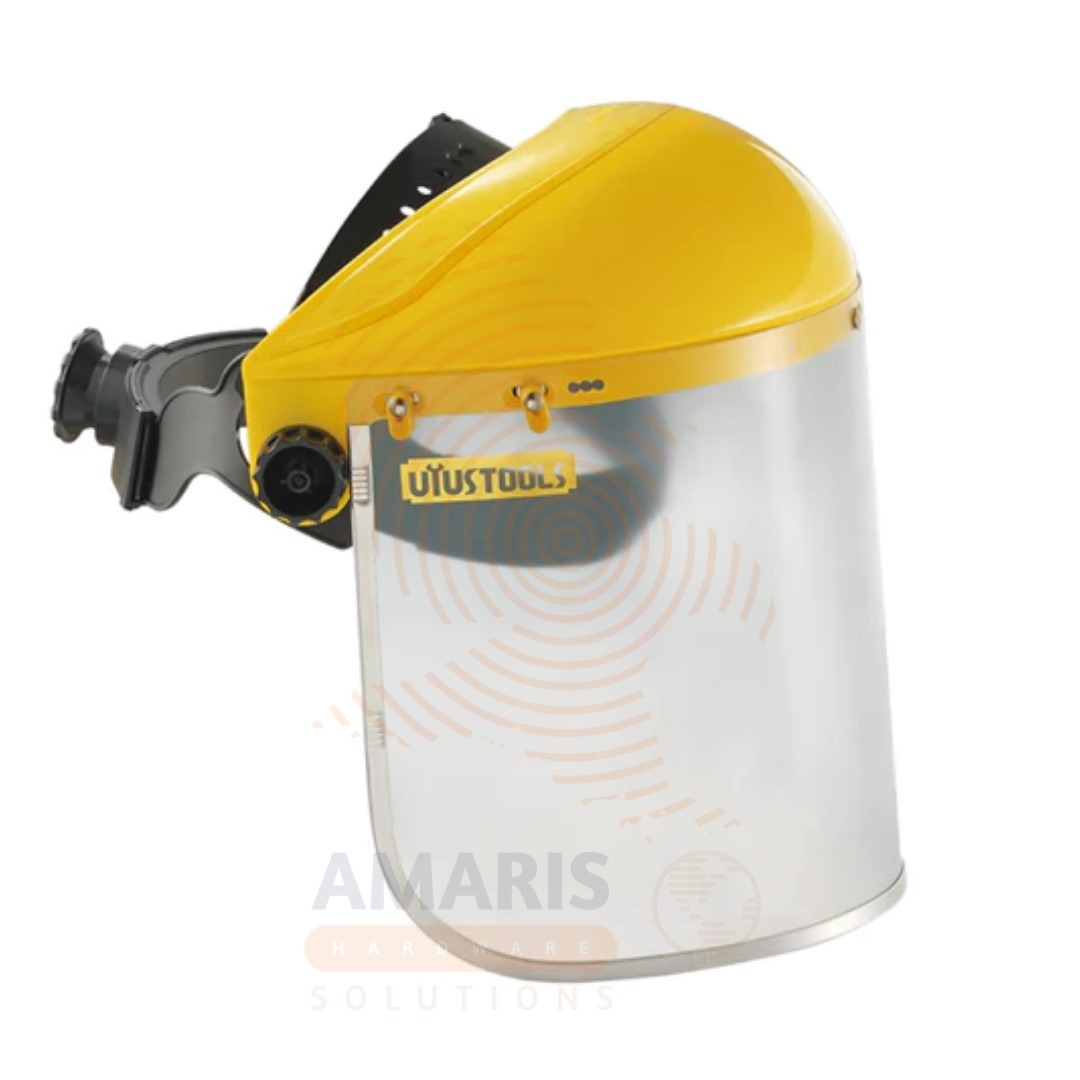

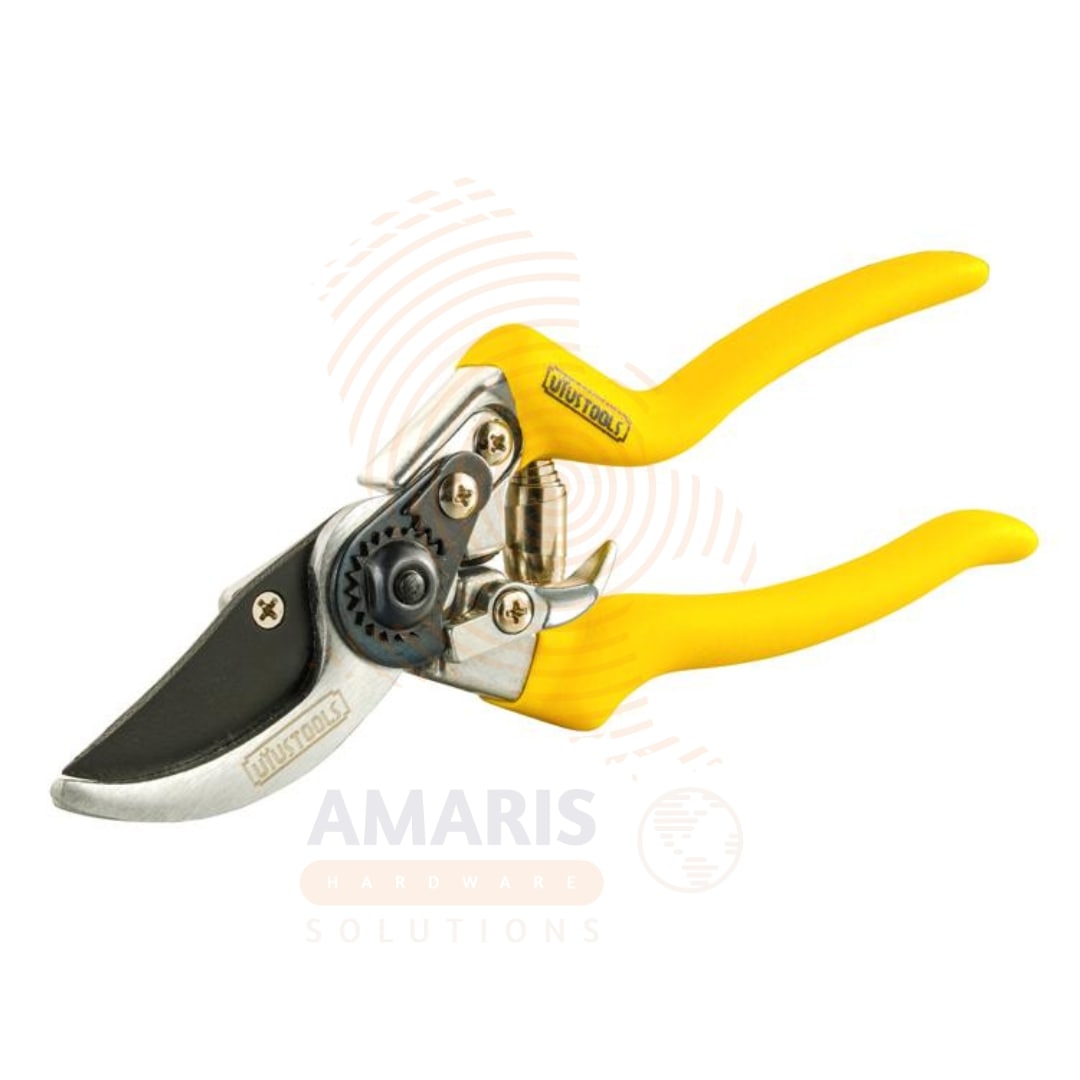



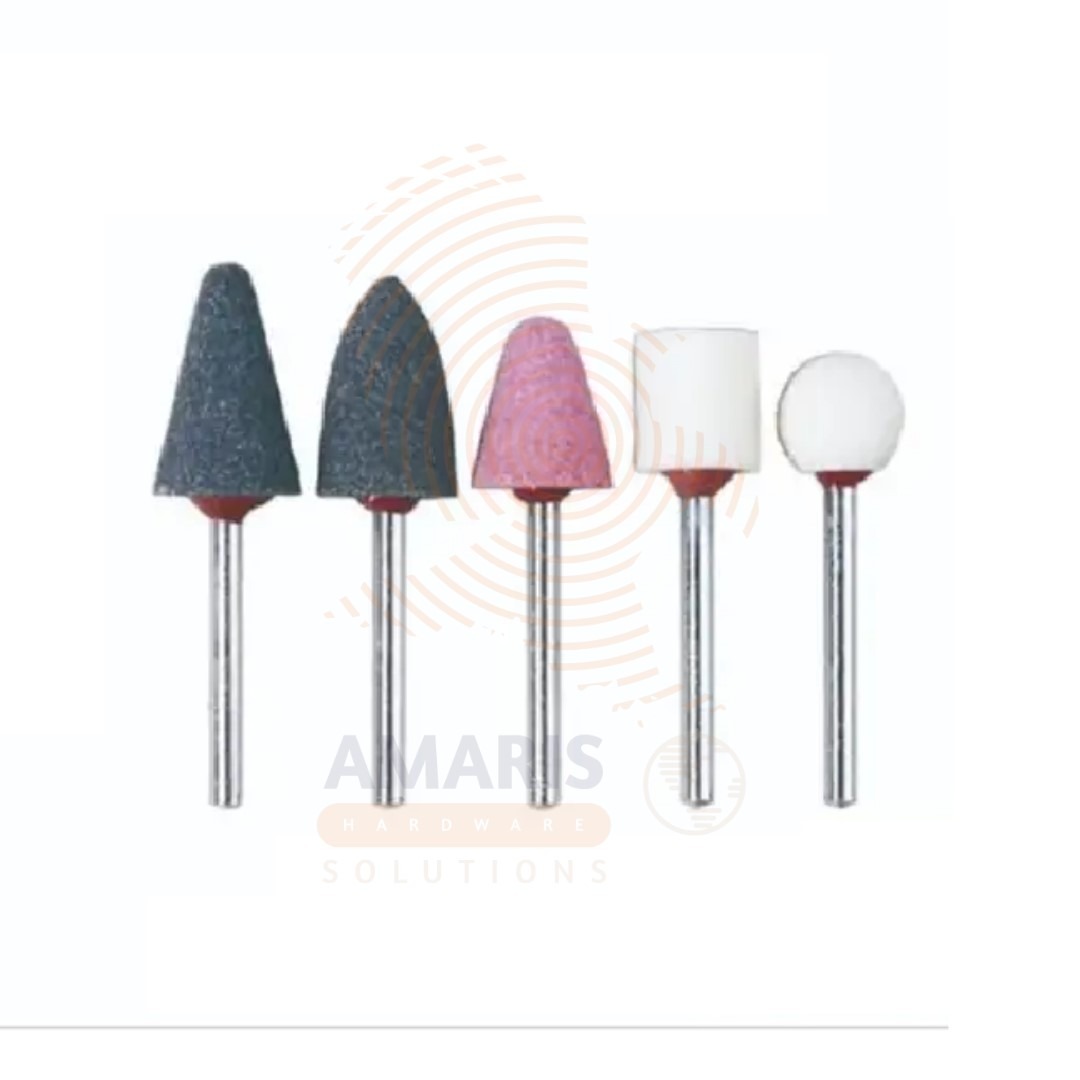




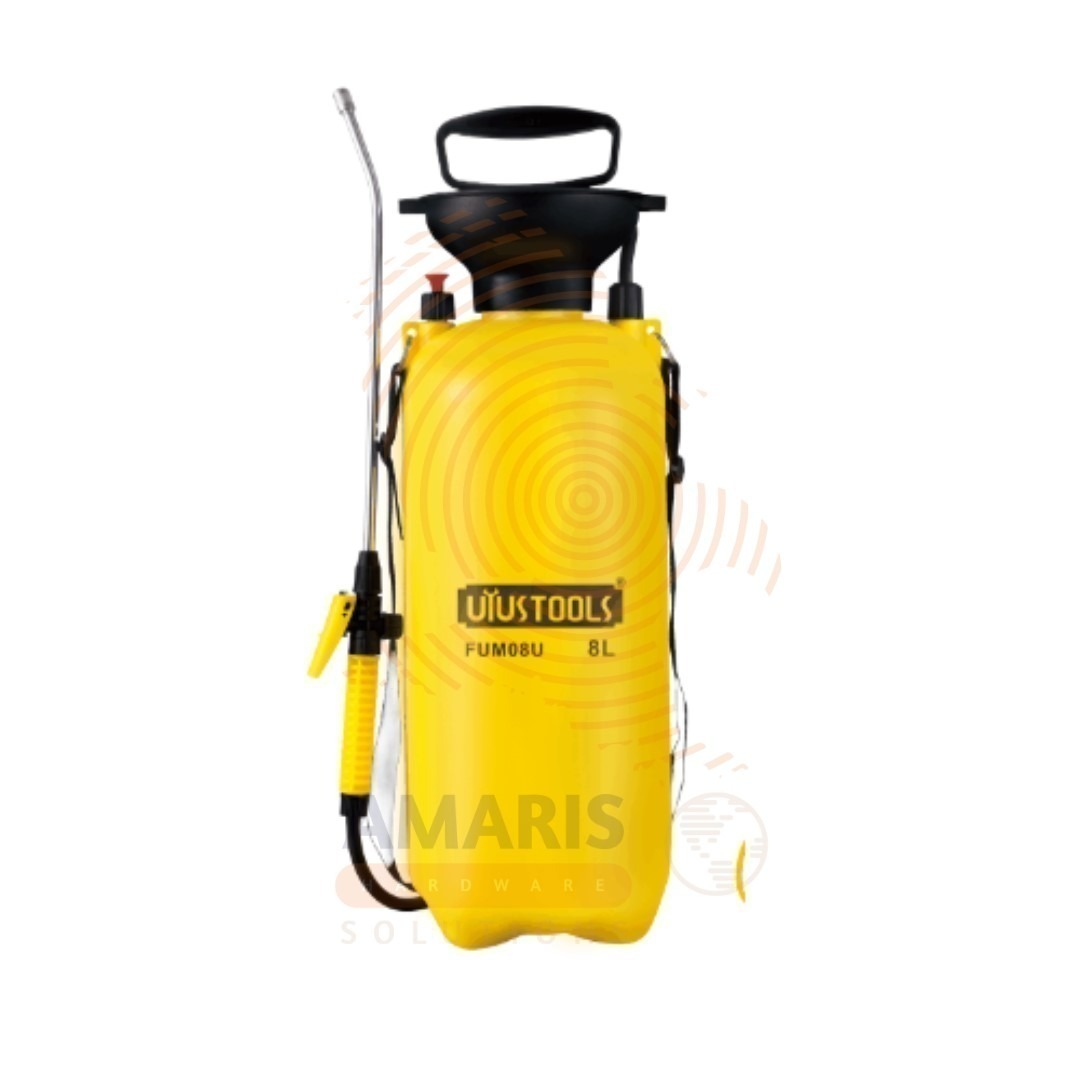
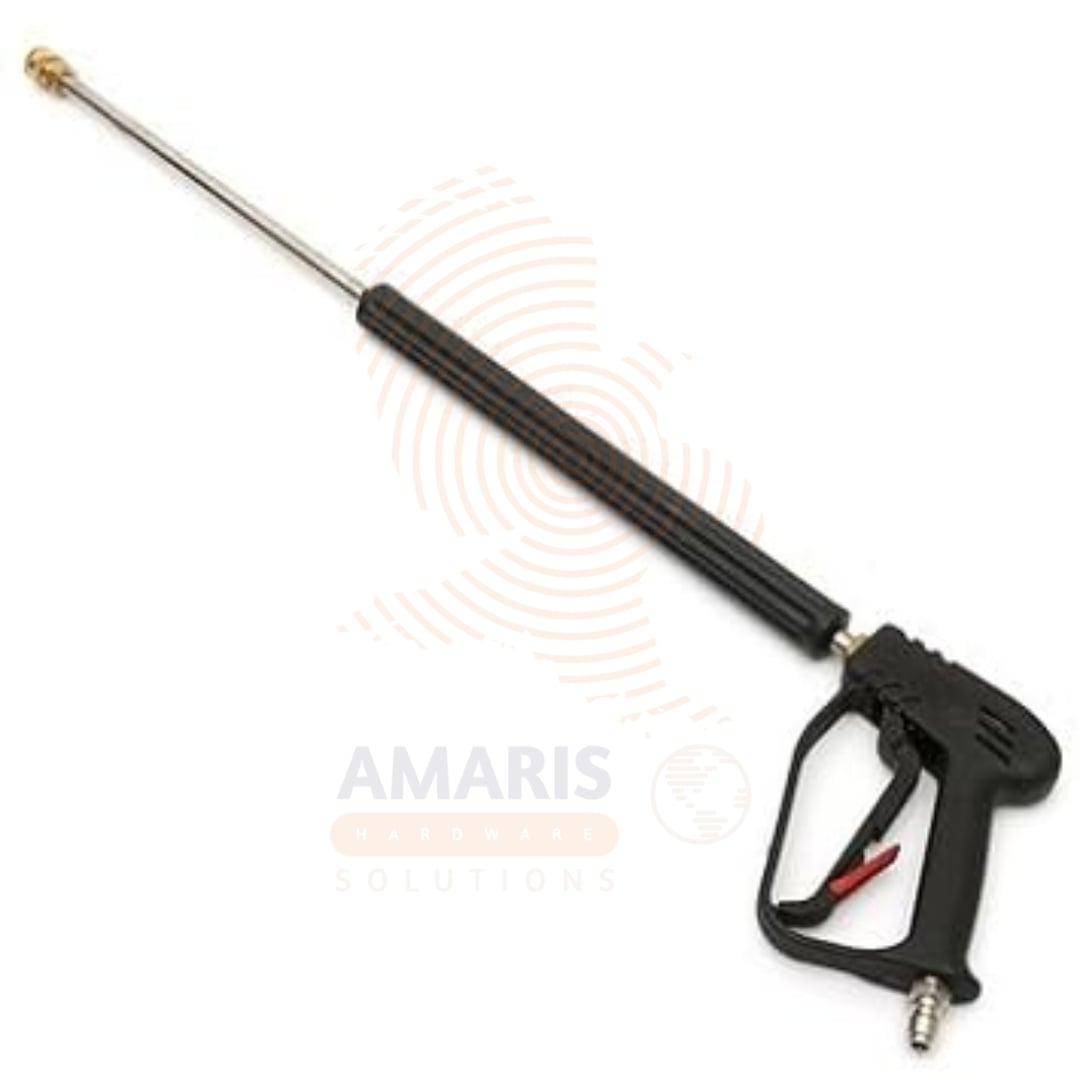



Add comment